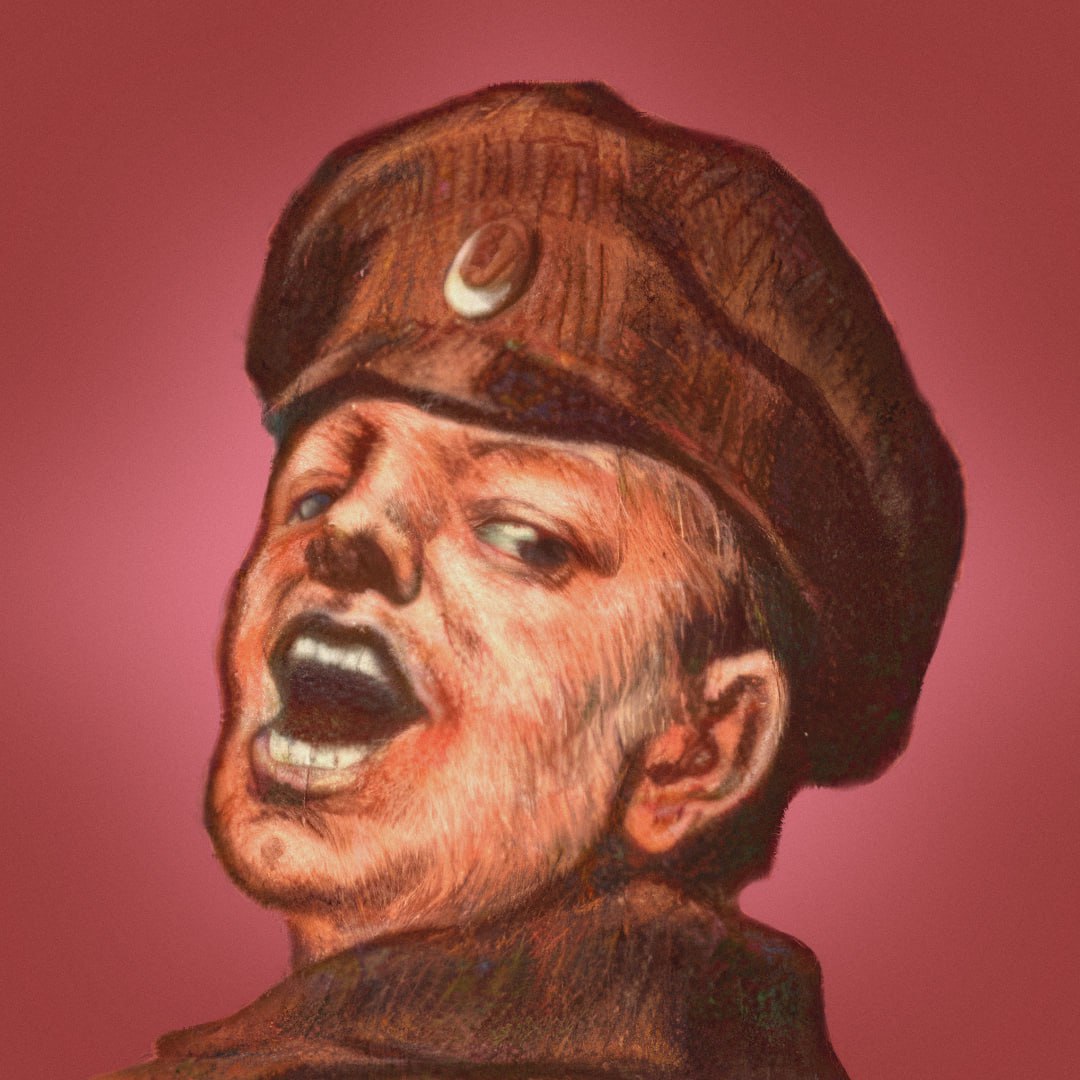Under the Red Flag Against the Bolsheviks: The History of KOMUCH
In the public consciousness, the central conflict of the Russian Civil War is the confrontation between the "Reds" and the "Whites." However, in the summer of 1918, at the forefront of anti-Bolshevik resistance in eastern Russia were the Socialists - the SRs, who formed the Komuch. Read about its history in the article by historian Said Zalyaev.
12.07.2025

Said Zalyaev
Historian
HistoryReport a problem
Paid Content
Please sign in to view